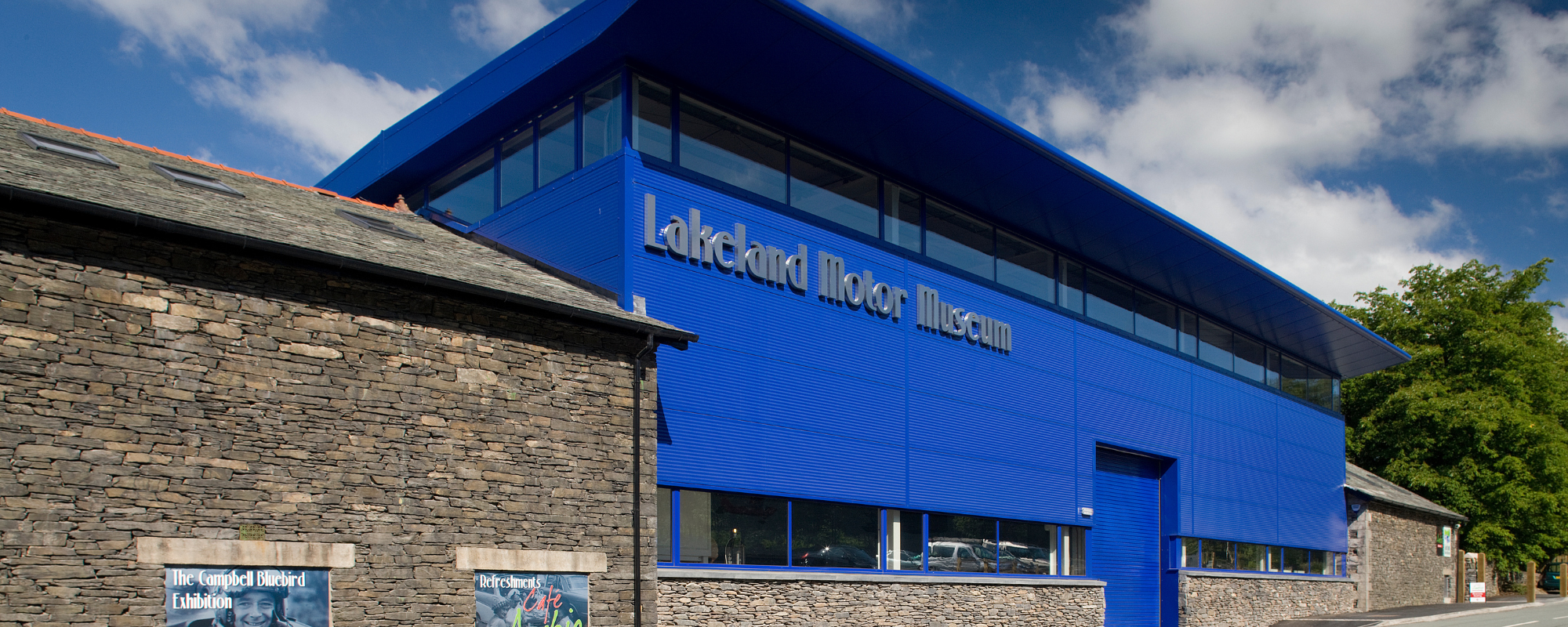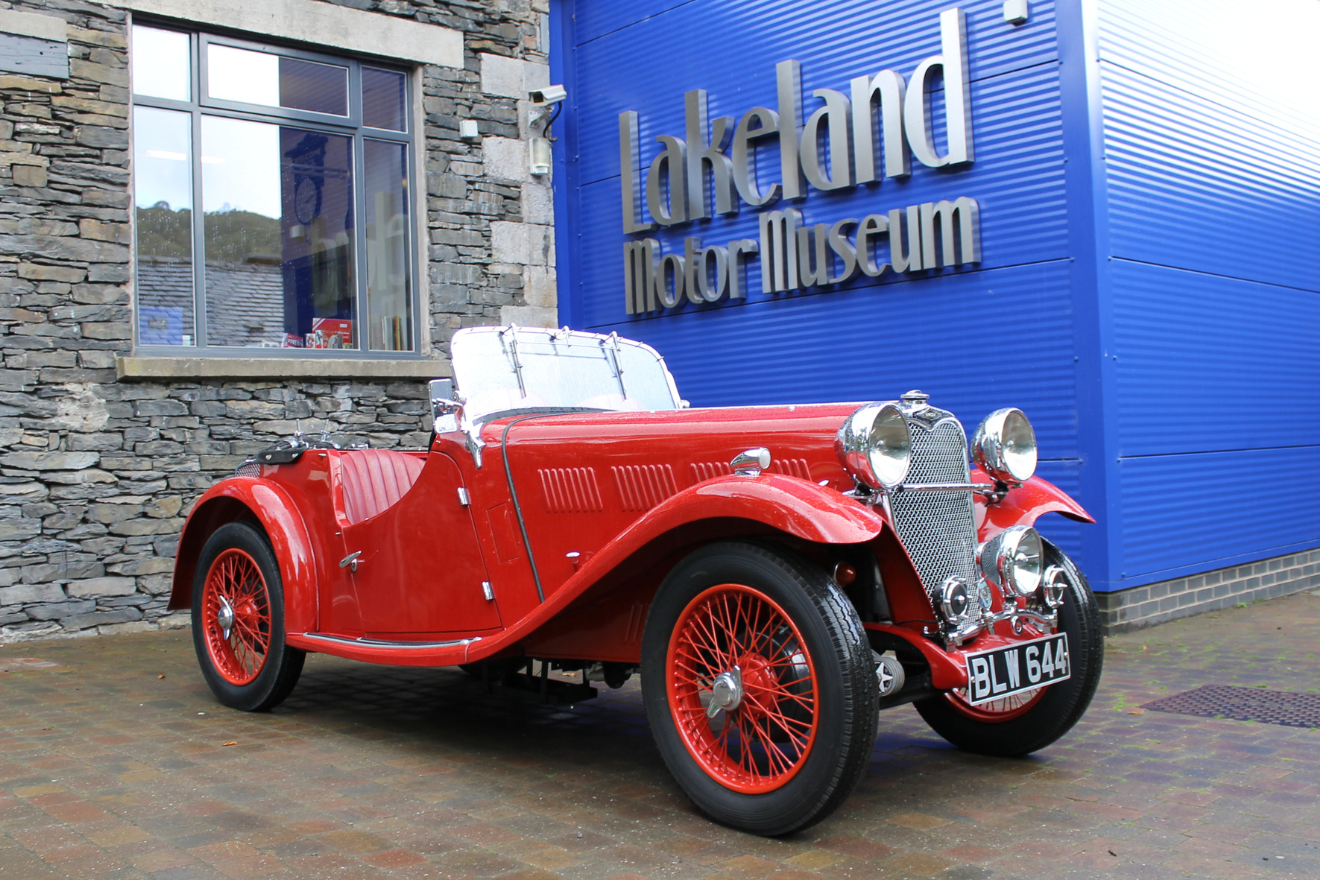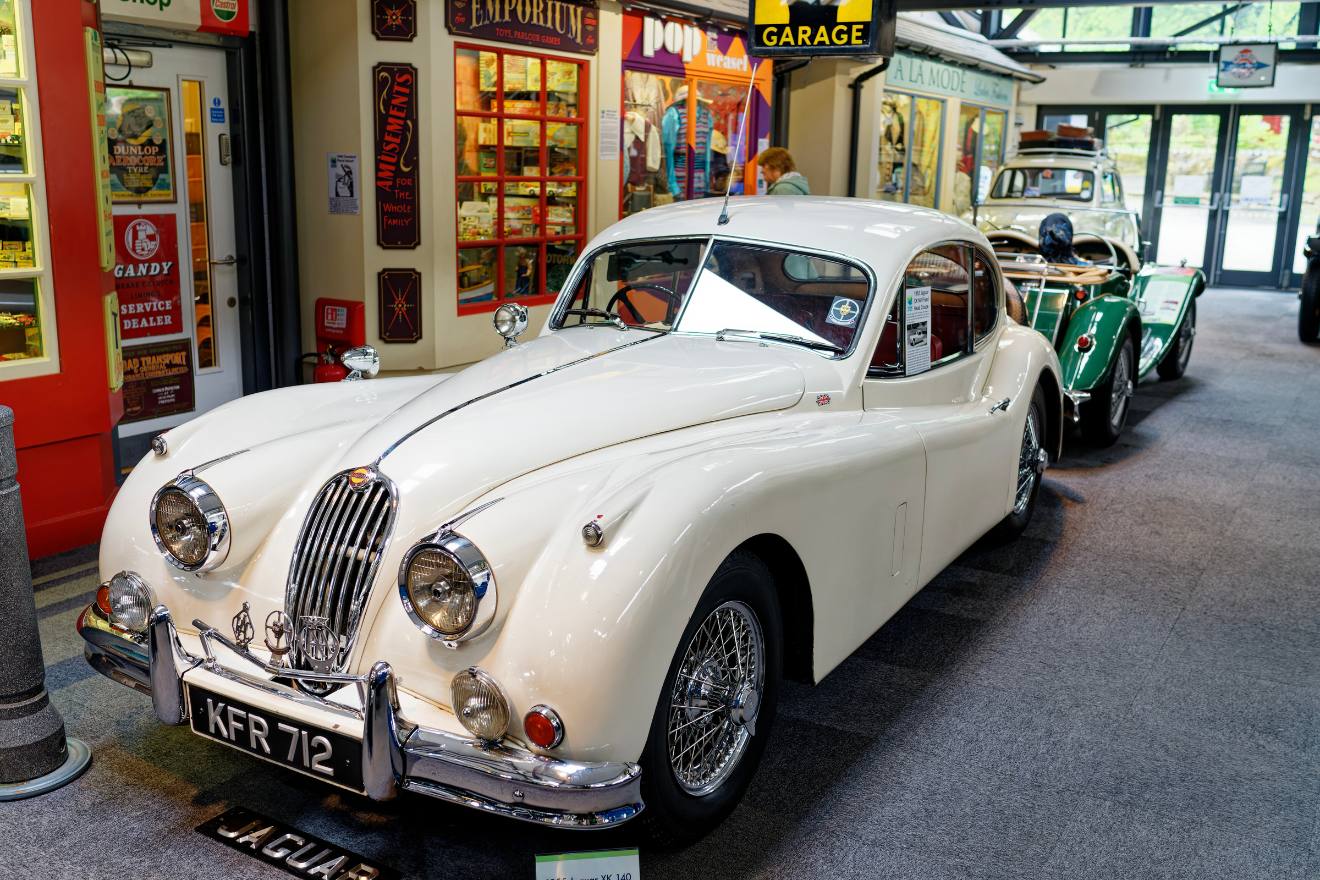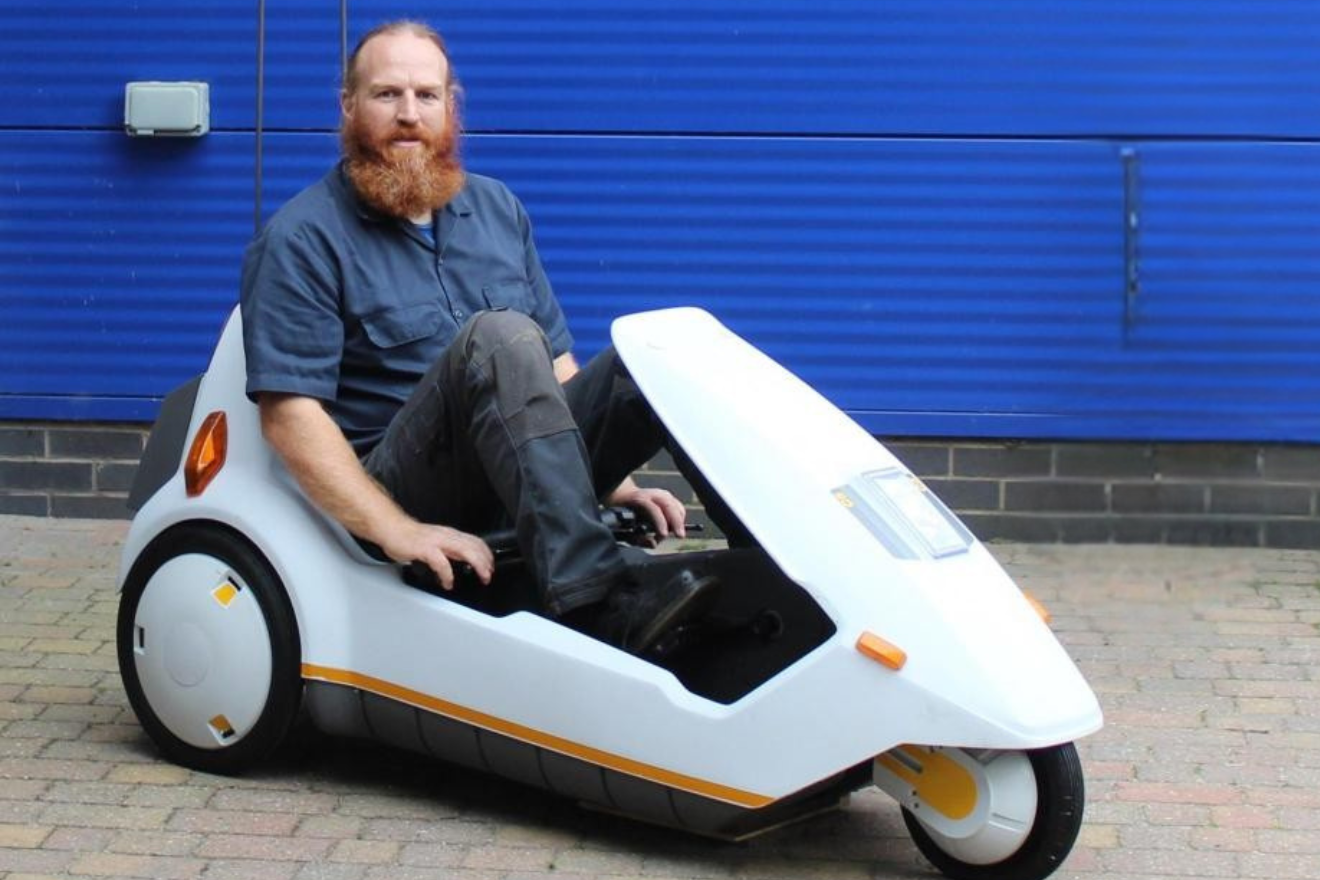A year of anniversaries at Lakeland Motor Museum

Amongst those celebrating is the 100-year-old 1925 Humber 12/25. The car arrived at the museum back in 2011. A three door, four seat tourer, the car had an extensive restoration and has many interesting features, including a second windscreen for rear seat passengers! The 4 cylinder 1795 cc engine gave it a tax brake horsepower figure of 12 and an engine output of 25Hp, hence the name 12/25. Road tax was £1 per horsepower per year, so this cost £12 – the equivalent of £930 today!

The younger 1935 Singer 9Hp Le Mans turns 90 in 2025. At the time of its production Singer was Britain’s third largest car producer after Morris and Austin. This sports model vehicle took its name from the famous Le Mans 24-hour race – after an impressive performance in the 1933 event.

This special speed version included sporty modifications such as twin SU carburettors and was a favourite with the really serious competitors tackling long distance trials. The car was something of a racing sensation having been part of a trio known as the ‘Ruddy Trials Team’ which won a series of competition medals during the 1935 racing season. Originally patriotically painted in red, white and blue, the vehicle was restored with a gleaming red exterior prior to arriving at the museum.
The attractive Jaguar XK140 turns 70 this year. As with the Singer, this vehicle also has an extensive rallying history in the UK and Europe.

The Jaguar XK140 series was in production from 1954 to 1957, before being replaced by the XK150. It came in a choice of three body styles: an open two-seater roadster, drophead coupe, or the fixed head coupe as seen here.
The youngster of the pack is the 1985 Sinclair C5 at just 40 years old. Designed by businessman and inventor, Sir Clive Sinclair, the C5’s original concept was to create a car that didn’t require the user to have insurance, a license, pay road tax or wear a helmet. Essentially a forerunner to the modern-day electric vehicles, the Sinclair C5 didn’t have the most auspicious beginnings with many of them unfit for purpose. Sadly, a little under a year after launching, the company ceased trading after producing just 9,000 vehicles in total.

Commenting on the anniversaries, museum curator Chris Lowe said: “Each of these cars has played an important role in the history of motoring. While some may have enjoyed greater success and adoration, without their initial conception we would not be where we are today.
“Each of these vehicles shows how motoring has developed across the years and we’re delighted to be able to showcase a timeline of the motor industry from the oldest of cars through to today.”
The Lakeland Motor Museum has a collection of over 140 classic cars and motorbikes and a total of 30,000 items of automobilia. People living in Cumbria and North Lancashire can get discounted entry to the museum with a Local Residents’ Discount Card. The card can also be used at the museum’s sister company Windermere Lake Cruises, for trips on England’s longest lake Windermere.
Share this event on social sites